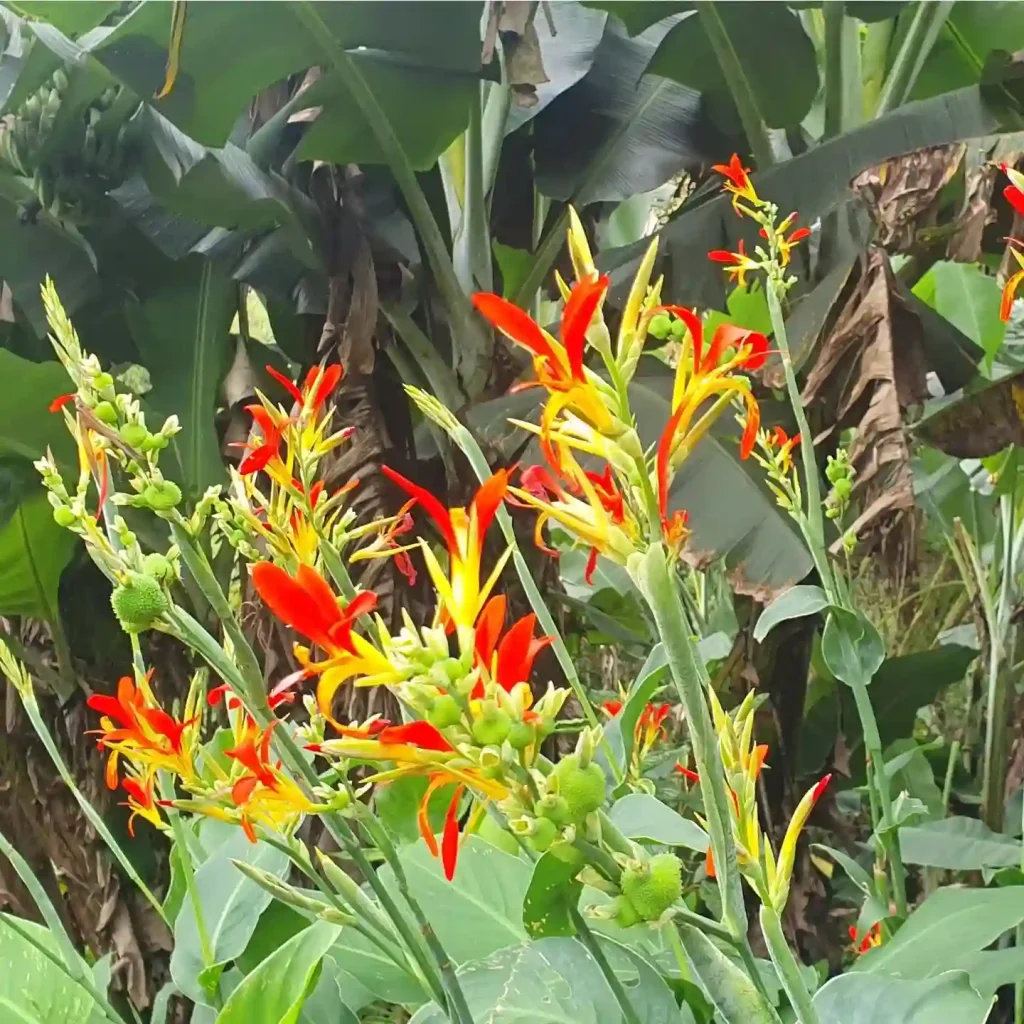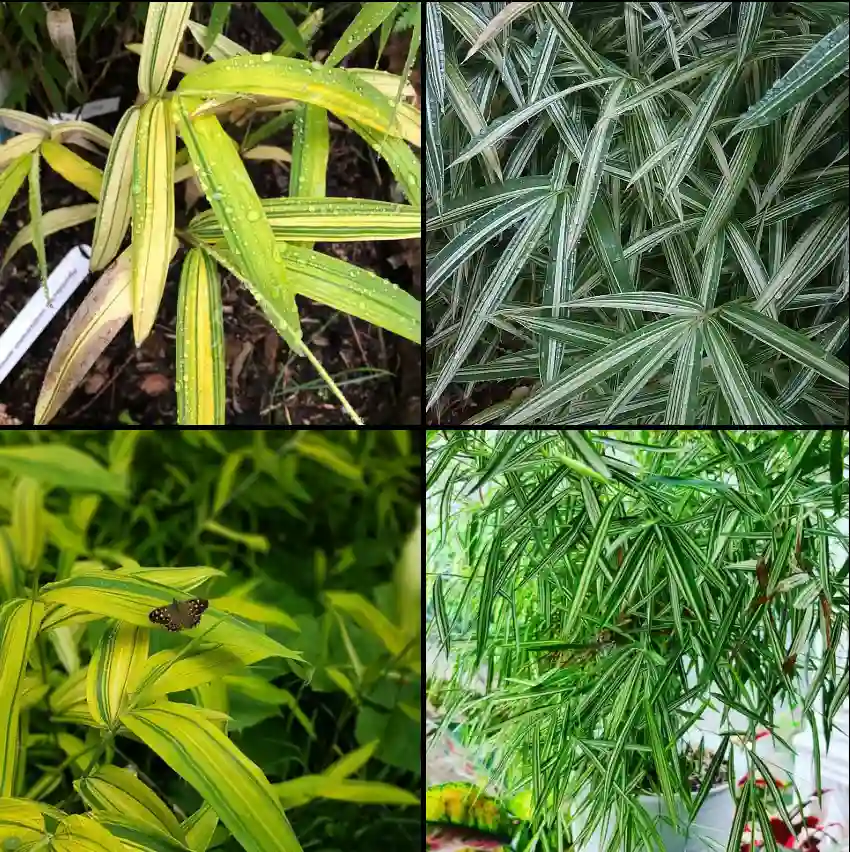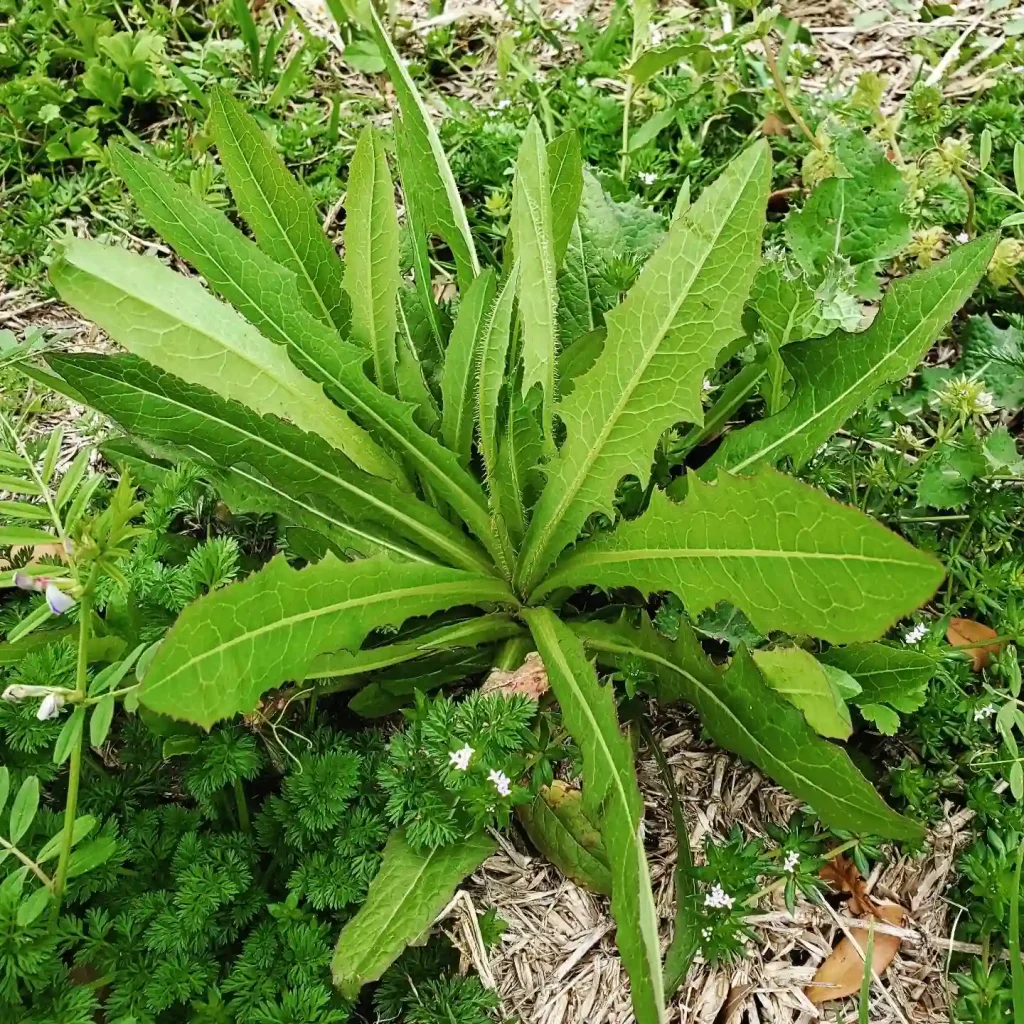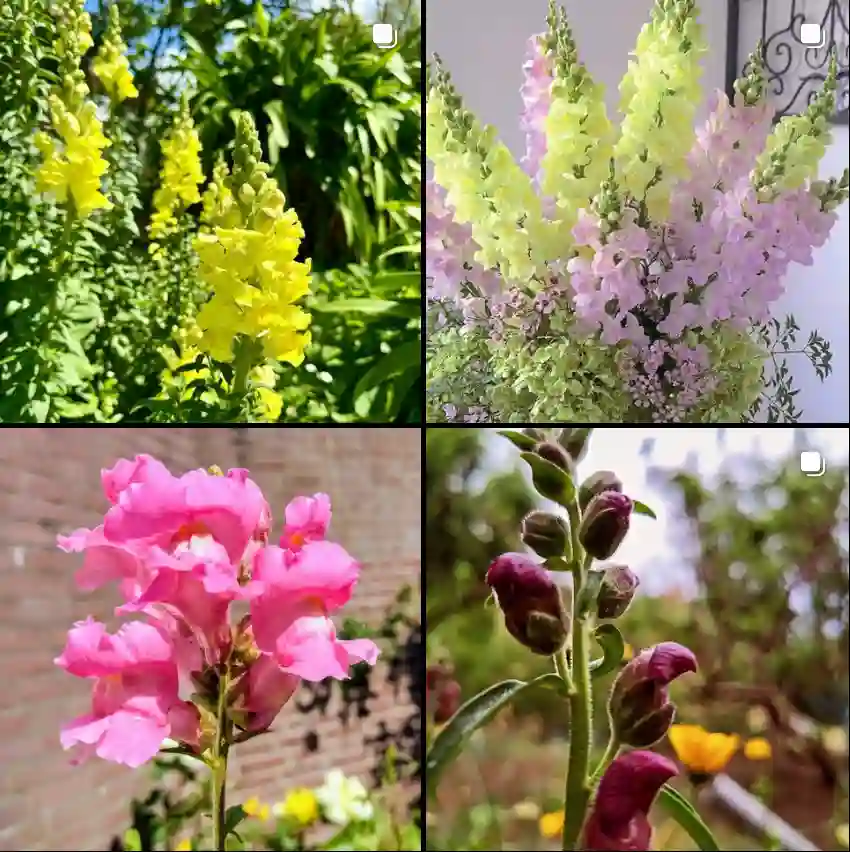FAQs About Crassula Umbella
Crassula Umbella, often known as the Wine Cup Plant, has captured my attention with its unique rosette structure and vibrant green leaves. As I’ve explored this fascinating succulent, I’ve encountered many questions that fellow plant enthusiasts might have. Here, I’ll share insights and experiences to help you get to know Crassula Umbella better.
220 Species in Genus Crassula
What Is Crassula Umbella?
Crassula Umbella is a charming succulent native to South Africa. It’s known for its distinctive propeller-like leaves, which grow in a spiral formation. These leaves can grow up to six inches long, and the plant typically reaches a height of around 12 inches. In summer, it produces stunning clusters of bright yellow flowers that add a splash of color to your garden or indoor space.
How to Care for Crassula Umbella?
Caring for Crassula Umbella is relatively straightforward, making it a great choice for both novice and seasoned plant lovers. Here are some key care tips:
- Light Requirements: This succulent thrives in bright, indirect sunlight. I’ve found that placing it near a south-facing window works wonders. However, too much direct sunlight can scorch the leaves.
- Watering: Like most succulents, Crassula Umbella prefers a “less is more” approach when it comes to watering. I let the soil dry out completely between waterings, usually watering every two to three weeks. In winter, I reduce watering even further.
- Soil: A well-draining succulent mix is essential. I’ve had great success using a combination of potting soil, sand, and perlite to ensure proper drainage.
- Temperature and Humidity: Crassula Umbella enjoys warmer temperatures, ideally between 65°F and 80°F. I keep mine indoors during the colder months, as it doesn’t tolerate frost well.
How to Propagate Crassula Umbella?
Propagation of Crassula Umbella can be a fun and rewarding process. I usually propagate through leaf cuttings or offsets. Here’s how I do it:
- Leaf Cuttings: I take a healthy leaf and allow it to dry for a day or two, forming a callus. Then, I place it in well-draining soil and lightly mist it. Roots typically develop within a few weeks.
- Offsets: This plant produces offsets, which are small plants that grow at the base. I gently remove an offset and let it dry for a day before planting it in its own pot.
What to Plant With Crassula Umbella?
Companion planting can enhance the aesthetics of your garden. I like pairing Crassula Umbella with other succulents such as Echeveria and Sedum. Their varying shapes and colors create a stunning visual contrast. Just ensure that all plants share similar light and watering needs to keep them thriving together.
Is Crassula Umbella Toxic?
One common concern among plant lovers is toxicity. Thankfully, Crassula Umbella is considered non-toxic to pets and humans. However, as with any plant, it’s best to keep it out of reach of curious pets, just in case they decide to nibble on the leaves.
Benefits of Growing Crassula Umbella
Aside from its aesthetic appeal, growing Crassula Umbella has several benefits:
- Air Purification: Like many succulents, it can help purify the air in your home, making it a healthier environment.
- Low Maintenance: Its hardy nature means it requires minimal care, perfect for those of us with busy lifestyles.
- Aesthetic Appeal: The unique shape of Crassula Umbella adds a touch of elegance and interest to any space.
Common Problems with Crassula Umbella
While Crassula Umbella is generally hardy, it can face a few challenges:
- Overwatering: This is the most common issue I’ve encountered. Signs include yellowing leaves or a mushy stem. If you notice these symptoms, it’s crucial to reduce watering and ensure proper drainage.
- Pests: Mealybugs and aphids can sometimes infest the plant. I regularly check for any signs and treat them with insecticidal soap or neem oil when necessary.
How Does Crassula Umbella Compare with Other Similar Plants?
If you’re considering succulents, you might be torn between Crassula Umbella and other similar plants like Crassula Ovata (Jade Plant) or Echeveria. While Crassula Ovata is known for its thicker leaves and tree-like structure, Crassula Umbella stands out with its distinct leaf shape. Echeveria, on the other hand, tends to have rosettes with a more compact form, making it a popular choice for arrangements.
Final Thoughts
Crassula Umbella has proven to be a delightful addition to my plant collection. Its unique characteristics, low maintenance needs, and air-purifying benefits make it a fantastic choice for any plant lover. I hope this FAQ addresses your questions and inspires you to explore the world of Crassula Umbella!
If i die, water my plants!



